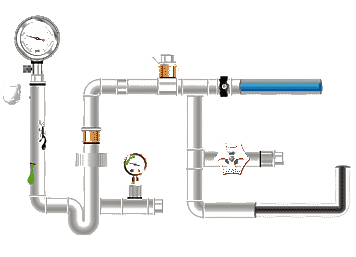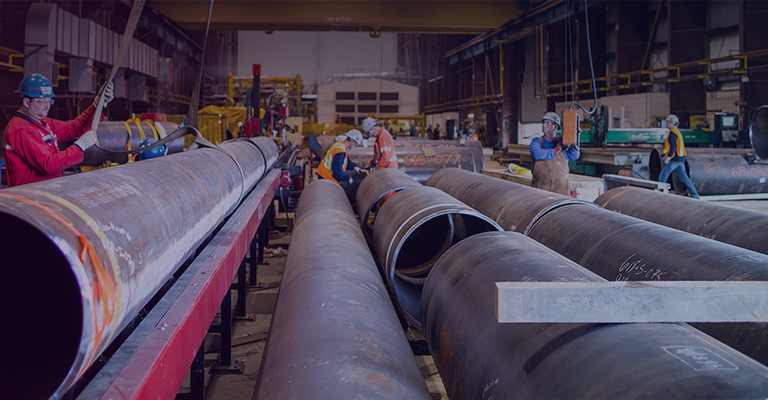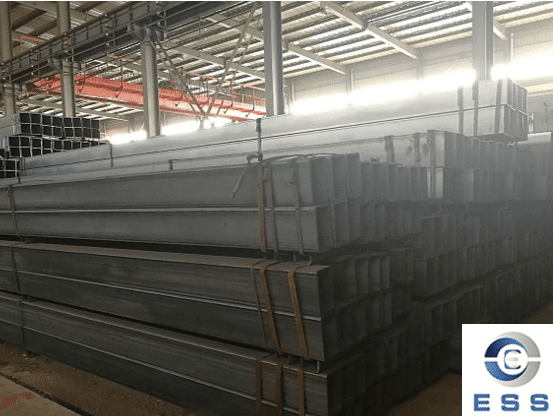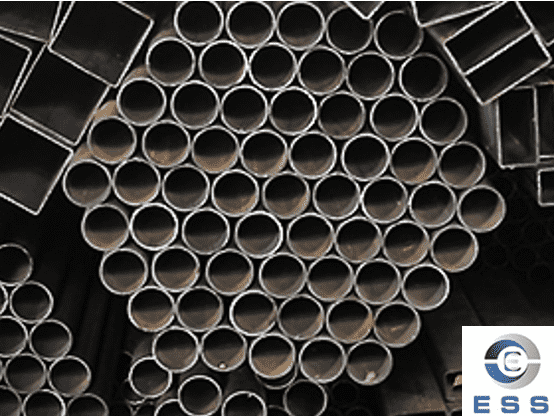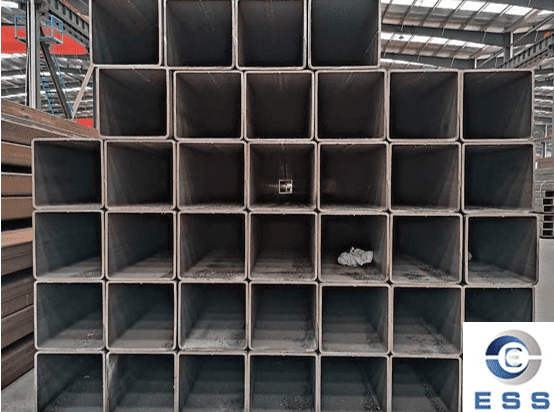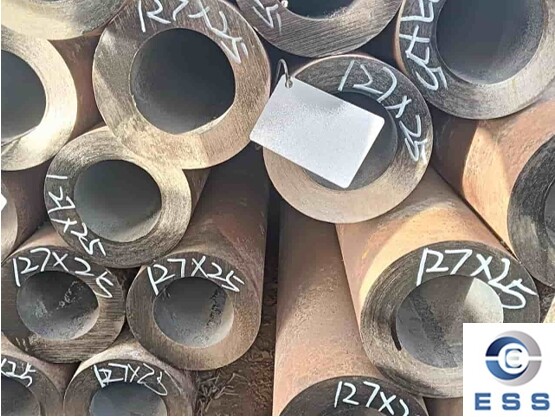
Hydraulic Piping Pressure Test Standard
Hydraulic
tube pressure test refers to the method of testing and verifying pipeline
connections, valves, pipes and other components during the installation,
maintenance and improvement of hydraulic tubes.
Hydraulic tube pressure test
Hydraulic tube pressure test is a key link
to ensure the safe operation of hydraulic tubes. Its purpose is to check the
sealing performance of the pipeline and its stability under actual working
conditions. According to the different test purposes, hydraulic tube pressure
tests are mainly divided into two categories: strength test and tightness test.
1. Strength test
Verify the ultimate
bearing capacity of pipelines and accessories. For pipelines made of seamless
pipes, carbon
steel pipes and other materials, the strength test is particularly
important.
2. Sealing test
Detect the leakage of the
system under continuous pressure, which is crucial to prevent leakage in the
hydraulic system and ensure its normal operation.
Technical specifications for pressure test
of hydraulic tubes
1. Pressure parameter standards
Strength test pressure: 1.5 times the
design pressure (ASME B31.3 Standard)
Seal test pressure: not less than 1.25
times the working pressure
Pressure fluctuation coefficients should be
considered for pipelines in special environments (±10%
safety redundancy is recommended)
2. Principles for medium selection
Priority sequence:
① Water (add rust inhibitor, suitable for
90% of scenarios)
② Hydraulic oil (applicable to precision
systems)
③ Nitrogen (special gas system,
explosion-proof devices are required)
*Oxygen and other combustion-supporting
gases are prohibited
3. Temperature control requirements
Medium temperature: controlled within the
range of ±5℃ of ambient
temperature
Metallic pipelines: test temperature should
be 20℃ or more below the brittle transition temperature
of the material
Non-metallic pipelines: set the upper
temperature limit according to the Tg value of the material
Standards for hydraulic tube pressure test
1. Test Methods
Hydraulic tube pressure tests can be
conducted using static and dynamic methods. Static tests are generally used for
testing small-diameter, low-pressure pipelines, while dynamic tests are used
for testing large-diameter, high-pressure pipelines. For some large OCTG pipes,
dynamic test methods are usually used due to their large diameter and high
pressure.
2. Test equipment
The hydraulic tube pressure test requires
the use of test equipment such as pressure gauges and pressure gauges, among
which the pressure gauge is one of the most commonly used test equipment.
Pressure gauges are divided into mechanical and electronic types. Mechanical
pressure gauges have lower accuracy, while electronic pressure gauges have
higher accuracy, but the price is also correspondingly more expensive.
3. Test parameters
The hydraulic tube pressure test needs to
determine the test parameters based on factors such as the use environment and
use requirements of the pipeline. The test parameters include test pressure,
test time, test temperature, etc., among which test pressure is one of the most
critical test parameters.
Specific regulations for hydraulic tube
pressure test
1. Pressure grade classification
Depending on the pressure grade, the
standards for hydraulic tube pressure test are also different. Pipes of each
pressure grade need to be tested in accordance with the corresponding
regulations to ensure the safety performance of the pipeline.
2. Test pressure medium
Common test pressure media include water,
nitrogen and air. These media should have good heat transfer performance, flow
performance and stability to ensure the reliability of the test results.
3. Test pressure temperature
The test pressure temperature should be
close to the working temperature of the pipeline to simulate the pipeline
performance under actual working conditions. For example, for boiler
tubes working in some high-temperature environments, the test temperature
should be close to the actual working temperature to more accurately detect the
performance of the pipeline.
4. Test pressure duration
The test pressure duration is usually
determined based on factors such as pipeline diameter, material and design
pressure, and is generally between 10 minutes and 30 minutes.
5. Determination of test pressure results
There are two main criteria for determining
whether the hydraulic tube pressure test is qualified: one is that the pressure
drop does not exceed the specified value; the other is that there is no leakage
during the test. Only when these two conditions are met at the same time can
the test be deemed qualified.
Precautions for hydraulic tube pressure
test
When conducting a hydraulic tube pressure
test, the following points should be noted:
1. The test equipment needs to be
calibrated before the test to ensure its precision and accuracy.
2. The test equipment needs to be monitored
and inspected during the test to ensure its normal operation.
3. During the test, the test standard must
be strictly followed and the test parameters must not be changed at will.
4. After the test, the test equipment needs
to be cleaned and maintained to ensure its long-term reliable use.
Summary
In short, the correct implementation of the
hydraulic tube pressure test standard is crucial to ensure the safe and stable
operation of the hydraulic system. Relevant personnel should strictly follow
the standard to perform the test operation to ensure the safety performance and
service life of the pipeline.
Read more: Joint Models of American Seamless Hydraulic Piping or Difference between seamless pipe and seam pipe









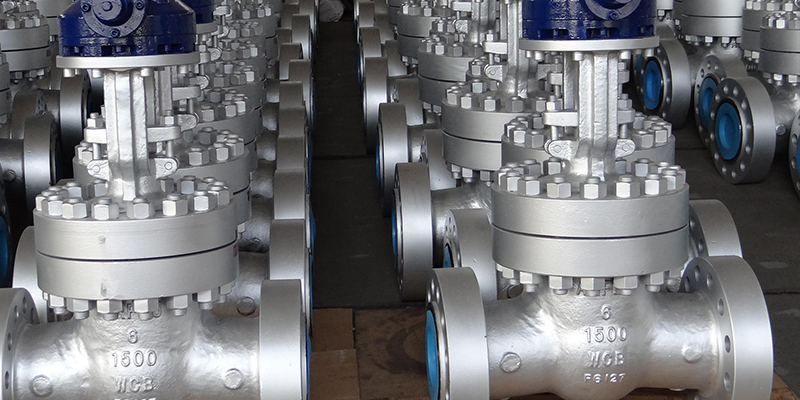
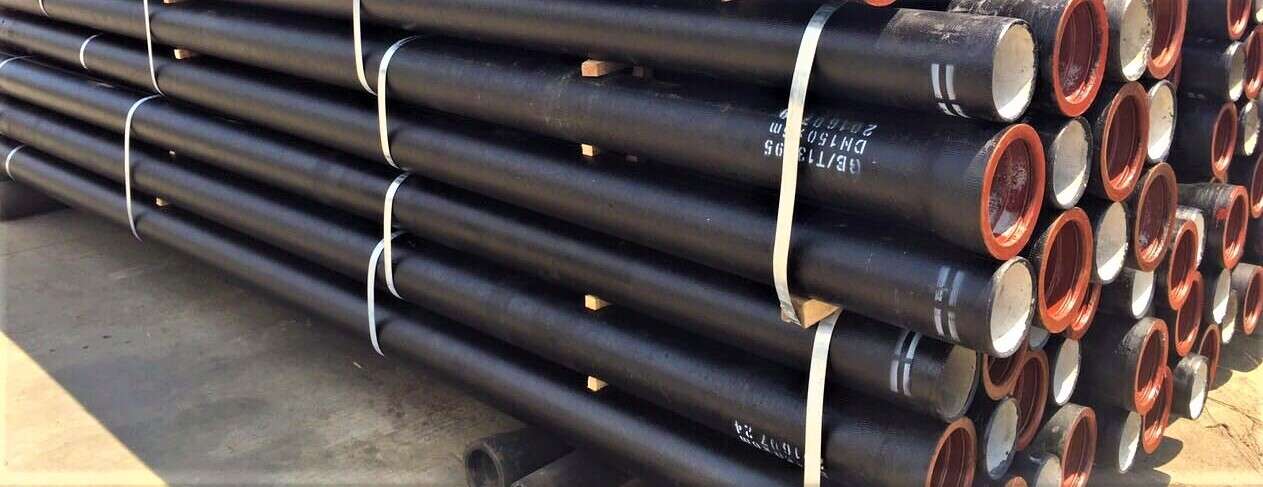


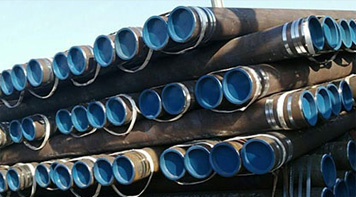 Eastern Steel Manufacturing Co.,Ltd not only improve product production and sales services, but also provide additional value-added services. As long as you need, we can complete your specific needs together.
Eastern Steel Manufacturing Co.,Ltd not only improve product production and sales services, but also provide additional value-added services. As long as you need, we can complete your specific needs together.
